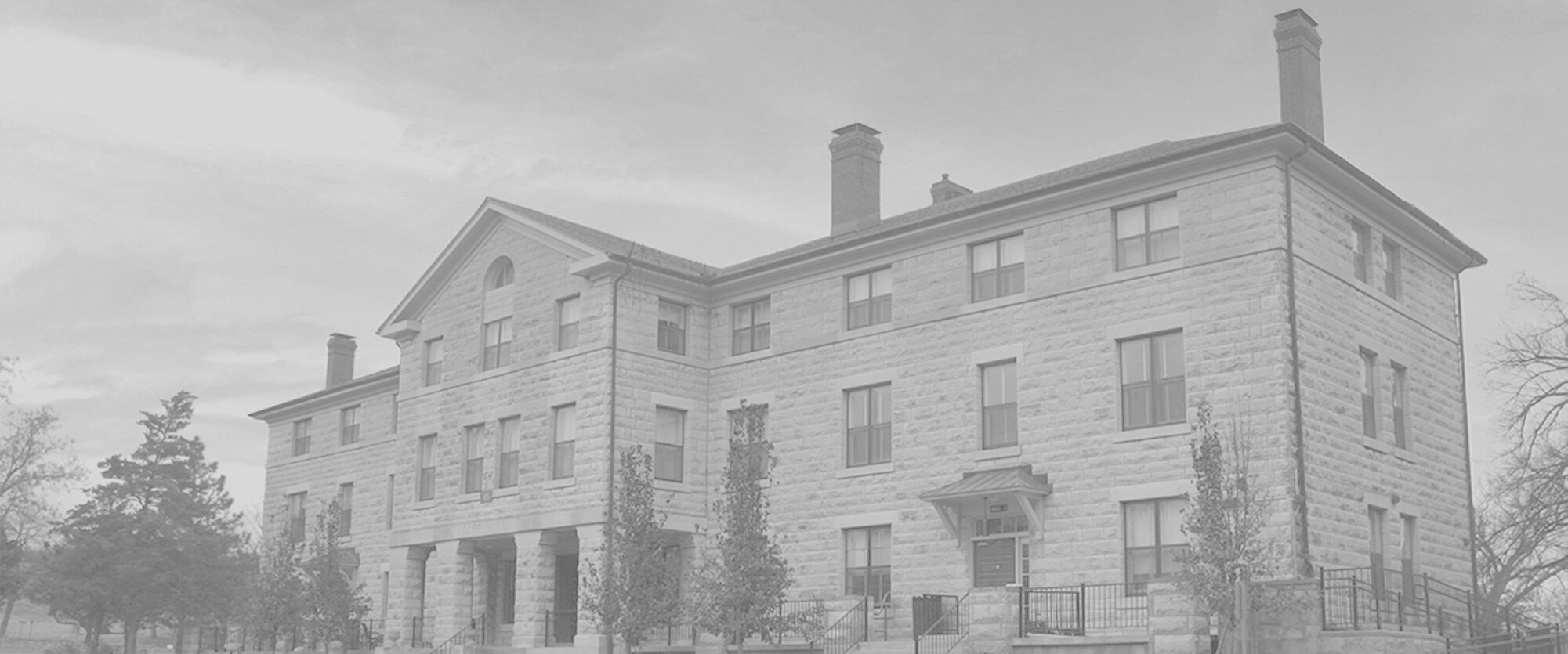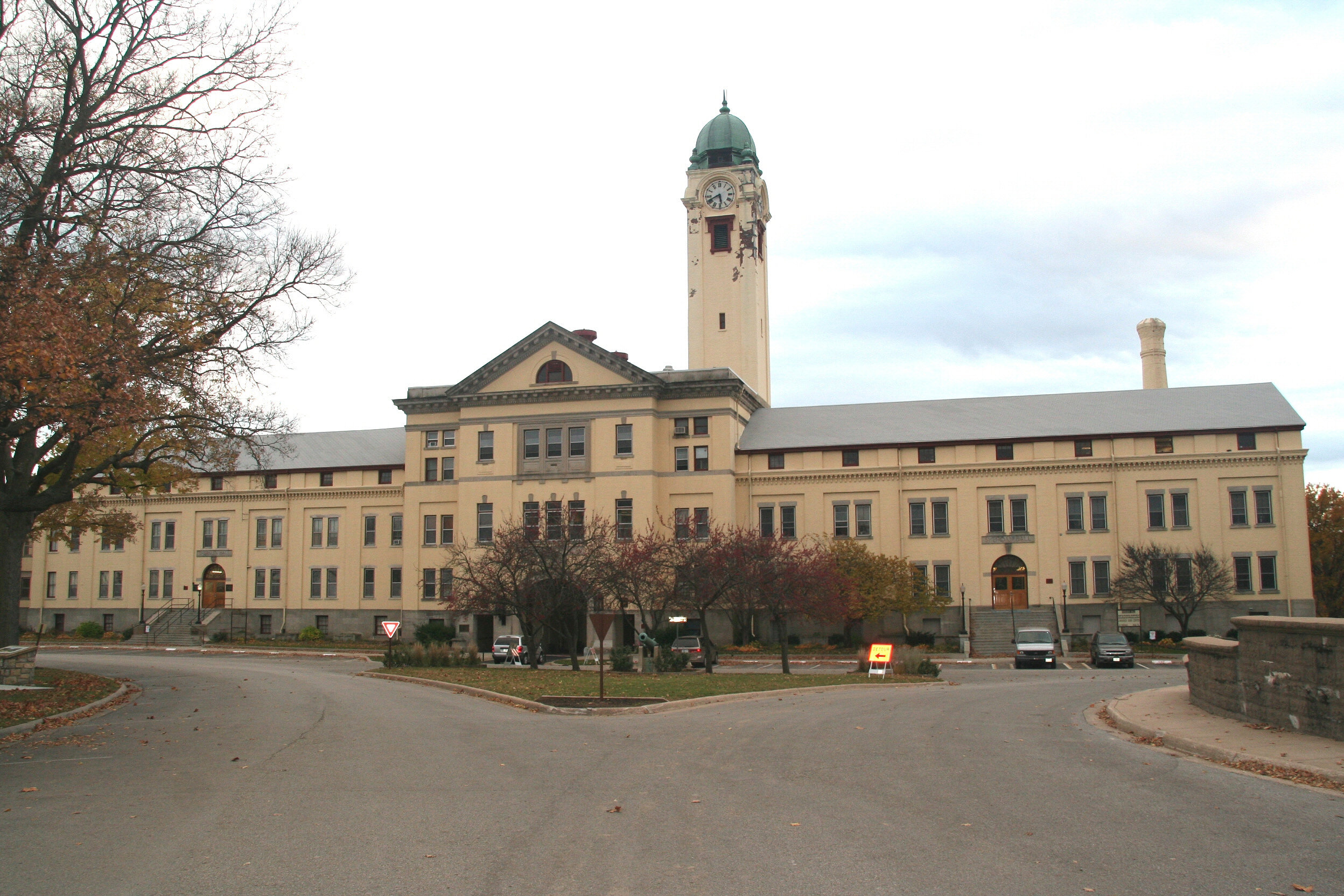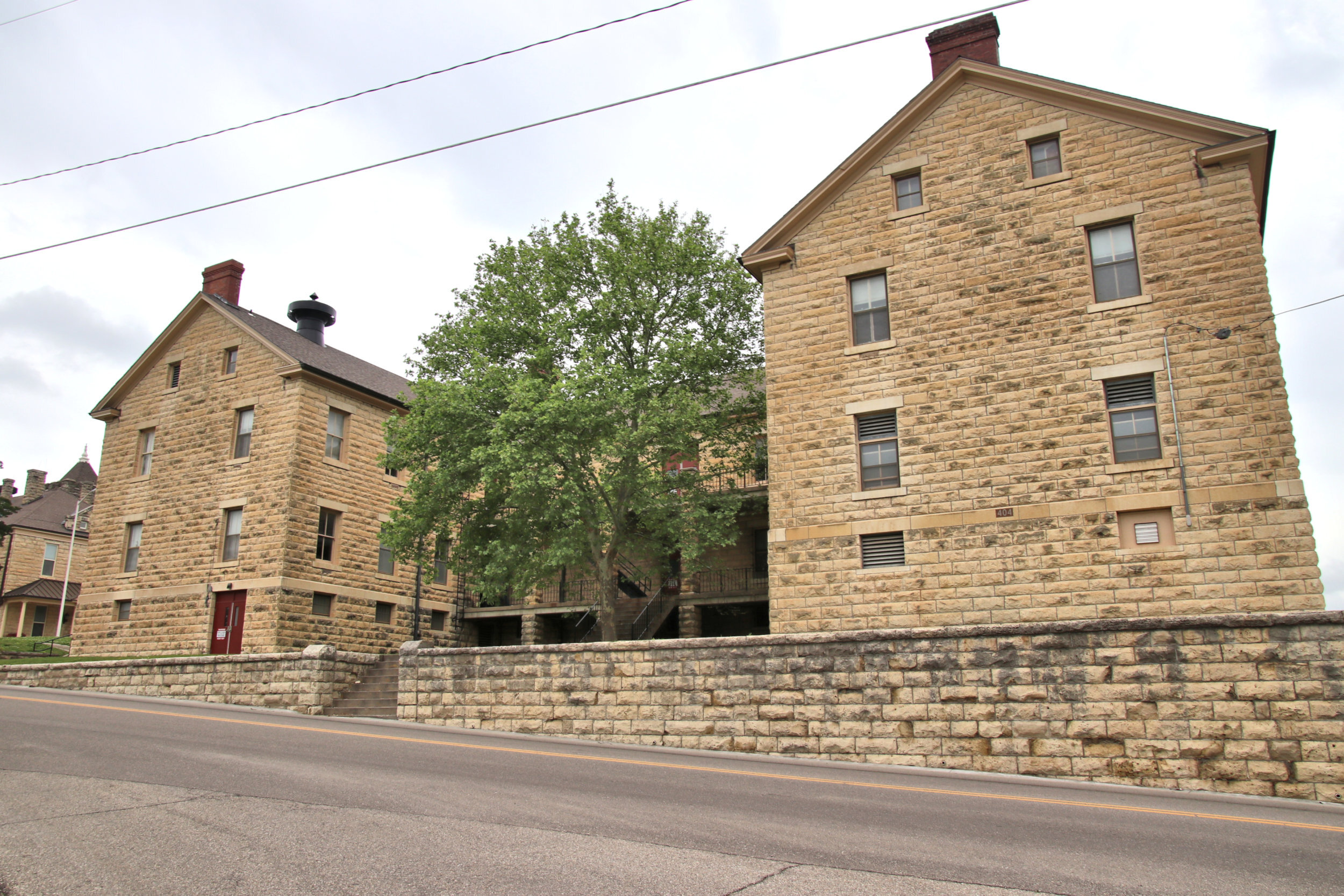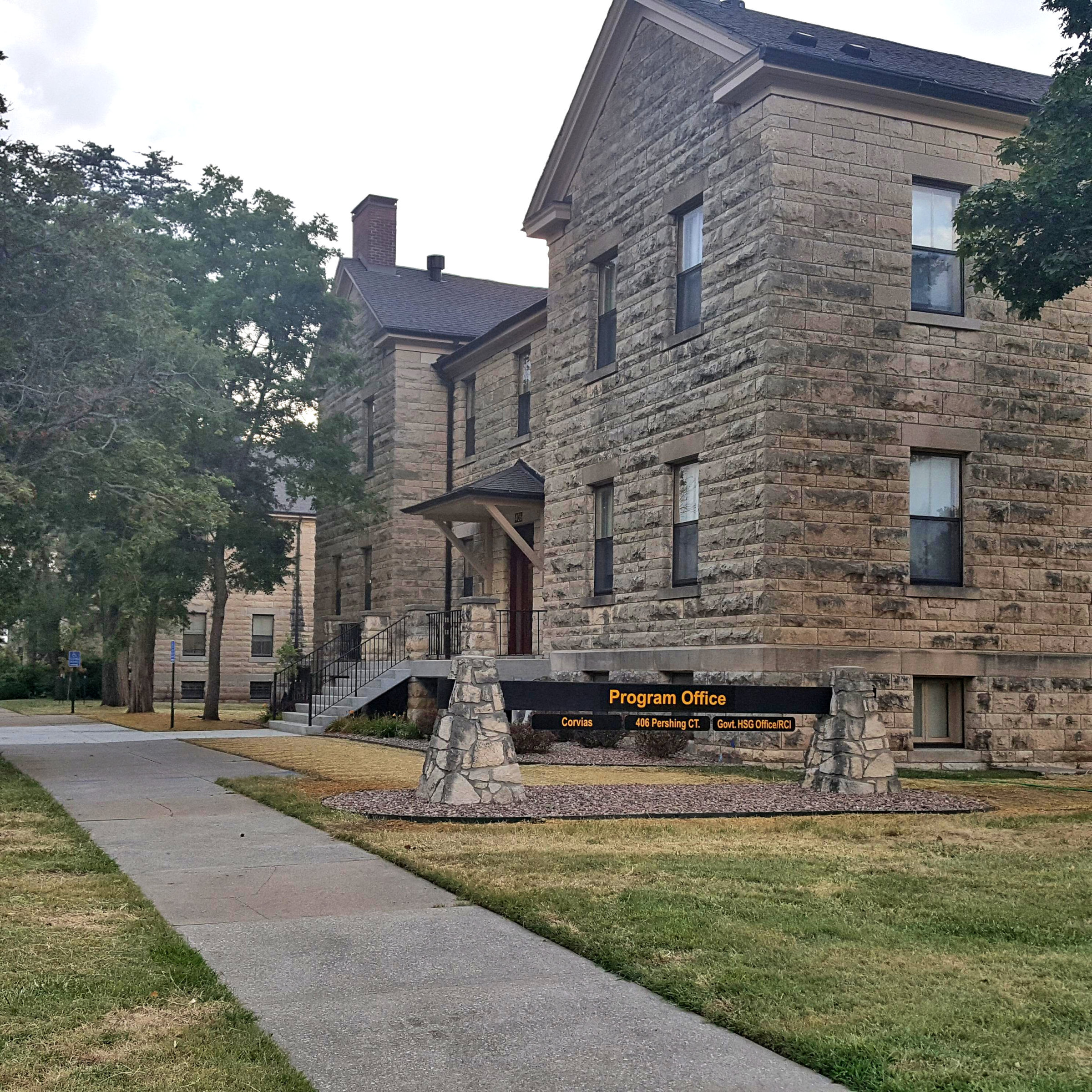
Historic Rehabilitation
on Military Bases
Kansas is fortunate to have two major army posts - Fort Riley and Fort Leavenworth - each nationally recognized as a historic site. Fort Leavenworth is the oldest active Army post west of the Mississippi River founded by Colonel Henry Leavenworth in 1827.
In 1881, General William T. Sherman established the School of Application for Cavalry and Infantry which evolved into today’s U.S. Army Command and General Staff College. These initial efforts have grown into missions of national significance making Fort Leavenworth a unique entity in the United States military system. The campus-like setting features historic brick and stone buildings and is designated a National Historic Landmark District.
Fort Riley’s origins were also related to westward expansion. Named in honor of Major General Bennett C. Riley who led the first military escort along the Santa Fe Trail, Fort Riley was established in 1853 as a military post to protect the movement of people and trade over the Oregon-California and Santa Fe trails. Fort Riley is home to the U.S. Army's 1st Infantry Division (ID), a unit distinguished for being first on the beaches at Normandy in World War II (WWII), and the first division called to fight in the Vietnam War. The 1st ID and Fort Riley provide training and support to ensure soldiers are constantly ready for battlefield deployment. Fort Riley’s Main Post is a designated National Register District featuring a collection of predominantly limestone buildings built of stone quarried from the surrounding flint hills.
Spencer Preservation has worked with a number of partners on rehabilitation of historic military buildings including GLMV Architecture and Yeager Architecture. The scope of projects typically involves upgrading historic buildings on the main post to meet current requirements for use as barracks or administrative offices or classroom functions. Each of these projects is required to go through Section 106 Reviews through the State Historic Preservation Office. Spencer is typically hired by the architectural/engineering firm to conduct Historic Survey Reports analyzing the history, design and integrity of historic buildings, assessing the condition of historic fabric, recommended treatments for necessary repairs, design implications for proposed improvements, and design review based on the Secretary of Interior’s Standards for Rehabilitation. Spencer serves as the liaison between the installation, architect, and the State Historical Society. She has completed projects involving over 30 buildings on the two posts in the past 15 years.









